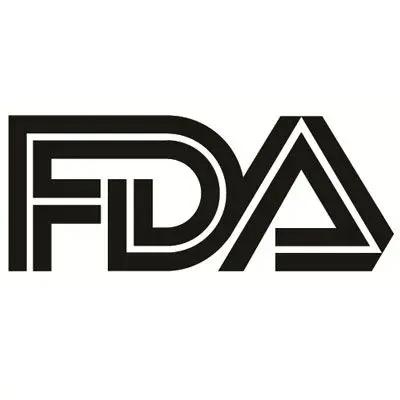Video
Peter Rossing, MD: Finerenone Linked to Consistent Kidney, CV Outcomes
Author(s):
Data show consistent benefit of finerenone on kidney and CV outcomes in patients with CKD and T2D, regardless of SGLT-2i use.
A new study presented at the 2021 American Diabetes Association analyzed data from FIDELIO-DKD, where finerenone reduced incidence of cardiorenal events in patients with chronic kidney disease (CKD) and type 2 diabetes (T2D).
Investigators, led by Peter Rossing, MD, Steno Copenhagen Diabetes Center, found that finerenone treatment on kidney and CV outcomes in these patient populations were consistent in the absence or presence of SGLT-2i use.
In an interview with HCPLive, Rossing mentioned that SGLT2 inhibitors were not standard of care at a period in time, but studies now show their significant effect in CKD and T2D patients.
“Therefore, it was of course, of interest to look at the FIDELIO-DKD trial to see if there is any suggestion of interaction between SGLT2 and finerenone,” Rossing said.
He noted the team compared reduction in albuminuria, which is often used as a surrogate for a good kidney and cardiovascular outcome.
“We see that there is a reduction in albuminuria of approximately 30 to 35% in both groups, suggesting that when you add finerenone to someone who is not receiving an SGLT2 inhibitor, or a person receiving SGLT2 inhibitor, you get the same benefit and same reduction in UACR,” Rossing said,
Rossing also indicated that finerenone as treatment serves as an important new therapeutic option, compared to previous methods of care.
“It seems that finerenone is such a new, additional opportunity and what we need to learn going forward is whether should it be a combination that you get both RAS blockade, SGLT2, or finerenone, or would it be that some patients are best helped with an SGLT2, or finerenone, or only some should have the combination," Rossing said.
He also noted that finerenone is still waiting approval in the US, but he believes it may be a valuable treatment option for these patient populations going forward.
“Finerenone is awaiting approval in the US and then we have to see what will be the availability and cost and so on, which will be relevant,” Rossing said. “But, it seems to be a valuable addition to the opportunities that we have, which are certainly not sufficient, so we need new opportunities.”
The study, "Finerenone in Patients with CKD and T2D by SGLT2i Treatment: An Analysis of the FIDELIO-DKD Study," was published online by ADA.




